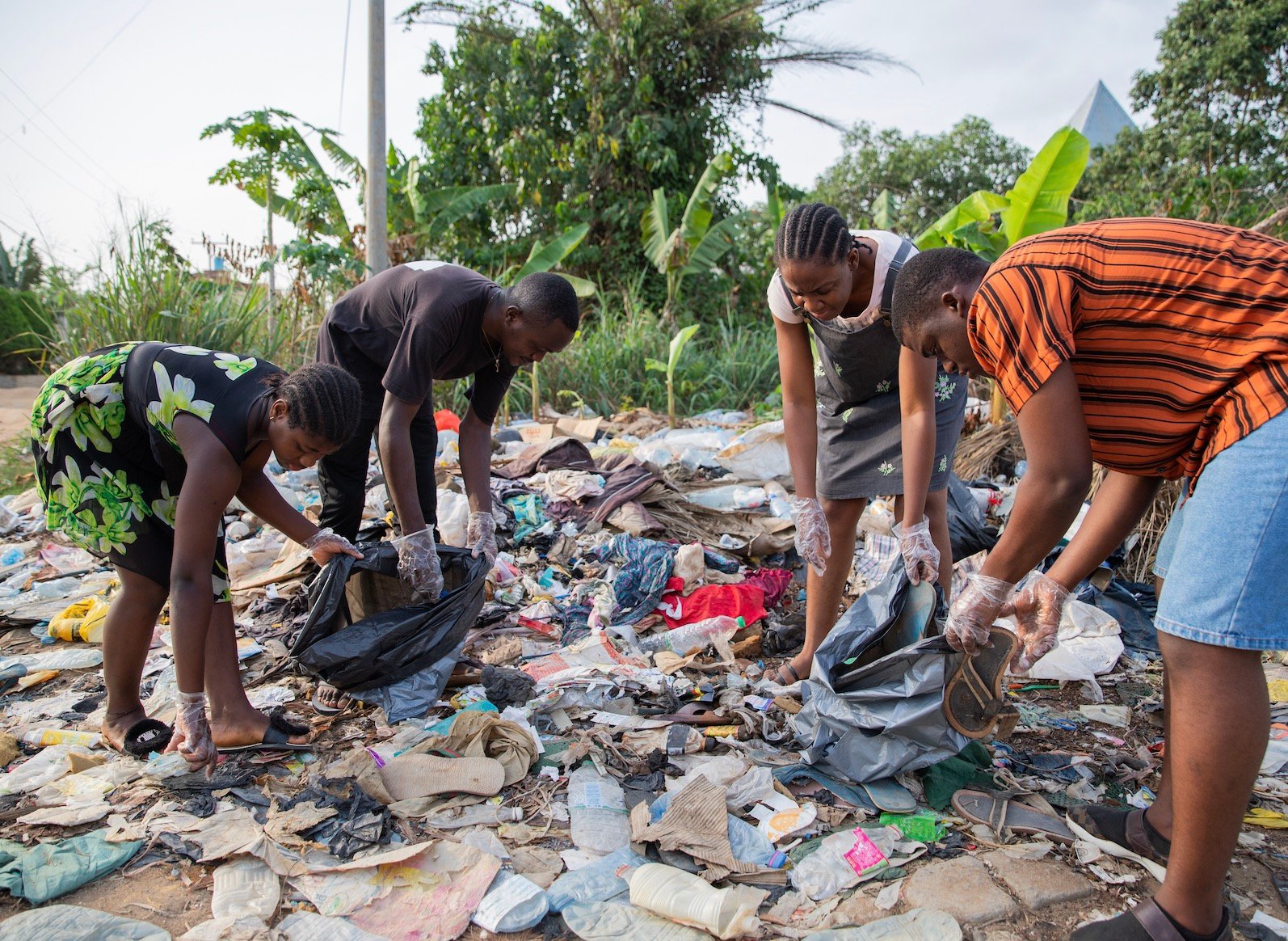How can societal attitude make cases of crime more likely to occur within South African communities?
Societal attitudes can make cases of crime more likely to occur within South African communities in the following ways:
- Acceptance of Violence: When communities view violence as a normal conflict resolution method, it encourages violent crimes. This is common in areas with high rates of domestic abuse and gang activity.
- Distrust in Authorities: Widespread belief that police are ineffective or corrupt leads to a lack of reporting and reliance on vigilantism, increasing criminal activity.
- Normalization of Inequality: Societal acceptance of vast economic disparities can foster environments where the poor feel justified in committing crimes against the wealthy.
- Youth Disengagement: Attitudes that dismiss the potential of unemployed youth can push them towards criminal behavior as they feel excluded from legitimate economic opportunities.
- Cultural Acceptance of Patriarchy: Societal norms that accept or excuse male dominance and aggression contribute to higher rates of gender-based violence.
- Substance Abuse Tolerance: Communities that view substance abuse as a common coping mechanism may see higher crime rates related to drug and alcohol misuse.
- Historical Trauma: Persistent attitudes stemming from apartheid-era injustices can lead to a normalization of crime as a form of resistance or survival strategy.
Societal attitudes significantly influence the likelihood of crime occurring within a community. In the South African context, specific societal factors can exacerbate crime rates. Here’s a detailed exploration of how these attitudes can contribute to crime:
1. Normalization of Violence
In communities where violence is normalized, crime rates are typically higher. For example, a 2022 study by the Institute for Security Studies (ISS) found that 70% of surveyed South Africans believed violence was an acceptable way to resolve conflicts. This attitude can perpetuate cycles of violence, making criminal behavior more likely as individuals adopt these norms.
2. Distrust in Law Enforcement
Widespread distrust in the police and judicial system can lead to higher crime rates. According to a 2021 report by Afrobarometer, 56% of South Africans expressed low confidence in the police’s ability to enforce the law. This distrust often results in communities taking the law into their own hands, leading to vigilantism and further criminal activity, as evidenced by the increase in mob justice incidents in areas like Khayelitsha and Soweto.
3. Socioeconomic Inequality
High levels of inequality contribute to crime. The World Bank’s 2020 report highlighted that South Africa has one of the highest Gini coefficients in the world, indicating severe income inequality. This disparity fosters feelings of resentment and frustration among the disadvantaged, increasing the likelihood of crimes such as theft and robbery. For instance, townships like Alexandra and informal settlements around Cape Town have seen higher crime rates correlating with economic disparity.
4. Unemployment and Youth Disenfranchisement
High unemployment rates, especially among the youth, correlate with increased crime. Statistics South Africa reported in 2023 that the youth unemployment rate was 63.9%. This lack of opportunities can drive young people towards criminal activities as a means of survival. For example, the rise in gang-related activities in the Western Cape is often attributed to the lack of employment and educational opportunities for young people.
5. Cultural Attitudes Towards Gender
Patriarchal attitudes can contribute to specific types of crimes, such as gender-based violence (GBV). South Africa has a high prevalence of GBV, with a 2021 report from the South African Medical Research Council indicating that one in four women experiences violence by an intimate partner. Cultural norms that condone or excuse male dominance and aggression exacerbate this issue, making GBV more likely.
6. Substance Abuse
Communities with high rates of substance abuse often see higher crime rates. A 2022 study by the South African Community Epidemiology Network on Drug Use (SACENDU) found that substance abuse was linked to increased incidents of violence and theft in areas like Durban and Johannesburg. Substance abuse can impair judgment and increase the propensity for criminal behavior.
7. Historical Context
The legacy of apartheid has left a significant impact on societal attitudes towards crime and violence. The systemic inequalities and historical injustices contribute to a culture where crime can be seen as a form of resistance or a way to cope with marginalization. This historical context is critical in understanding contemporary crime dynamics.
Example Case Study: Khayelitsha
Khayelitsha, a township in Cape Town, serves as a pertinent example. High levels of poverty, unemployment, and inadequate policing have created an environment where crime thrives. Community attitudes towards violence and vigilantism are prevalent due to the lack of trust in formal law enforcement. The Social Justice Coalition report highlighted how community attitudes in Khayelitsha contribute to high crime rates, emphasizing the need for comprehensive social and economic reforms.
Societal attitudes in South Africa, shaped by historical, economic, and cultural factors, play a crucial role in influencing crime rates within communities. Addressing these underlying attitudes through education, economic development, and rebuilding trust in law enforcement is essential for reducing crime and fostering safer communities.
Did You See These?
Disclaimer
The content presented on this website was originally created by the team at Legal Advice. All information related to legal firms and legal matters is based on "User Submitted Data", and or publicly accessible data available from more than one online sources. Should you have any concerns or disputes about the information provided, please feel free to reach out to us at hello@legaladvice.org.za.

